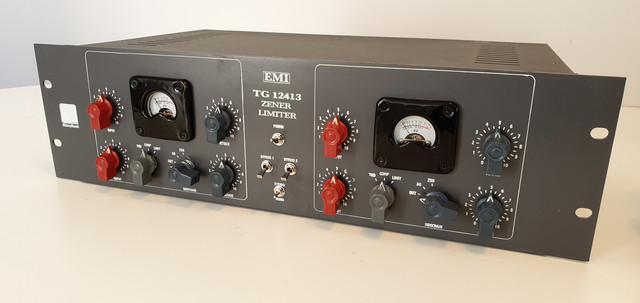Sure, no problem.thanks for the reply, but i still don't understand it too well.
r8 will always be 82k?
Can I leave the trimmer instead of changing it for the resistor?
The way this bit of fine tuning works is that the trimmer is used to determine an optimal resistance value, and then R7 and R8 can be used in parallel to get as close as possible to that value with fixed resistors. This means that the values are not necessarily going to be the same as the example in the build guide — that is just a sample of how it could work out. Your value will likely be different, and you can use a simple parallel resistor calculator online to work that out (or do the math yourself, the equation is pretty simple).
Alternatively, and easier, I think you can just leave the trimmer in there with no issue.
Last edited:



























![Soldering Iron Kit, 120W LED Digital Advanced Solder Iron Soldering Gun kit, 110V Welding Tools, Smart Temperature Control [356℉-932℉], Extra 5pcs Tips, Auto Sleep, Temp Calibration, Orange](https://m.media-amazon.com/images/I/51sFKu9SdeL._SL500_.jpg)








